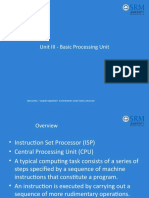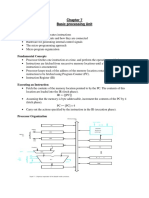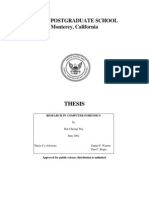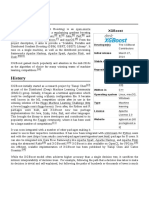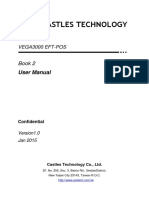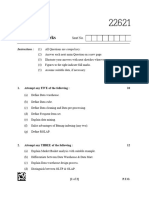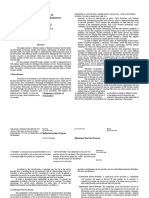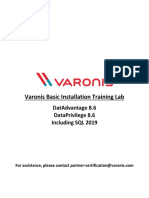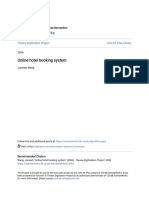0% found this document useful (0 votes)
86 views38 pagesChapter3 - Basic Processing Unit
The document describes the basic processing unit of a computer. It discusses how the central processing unit (CPU) fetches and executes instructions one at a time from memory. The CPU uses a program counter to keep track of the next instruction address. It fetches the instruction from memory into an instruction register and increments the program counter. Then it performs the operation specified by the instruction. This may involve arithmetic/logic operations, data transfers between registers and memory, or jumps/branches. The CPU continues fetching and executing instructions in sequence until the program ends.
Uploaded by
Fayiza beegamCopyright
© © All Rights Reserved
We take content rights seriously. If you suspect this is your content, claim it here.
Available Formats
Download as PPT, PDF, TXT or read online on Scribd
0% found this document useful (0 votes)
86 views38 pagesChapter3 - Basic Processing Unit
The document describes the basic processing unit of a computer. It discusses how the central processing unit (CPU) fetches and executes instructions one at a time from memory. The CPU uses a program counter to keep track of the next instruction address. It fetches the instruction from memory into an instruction register and increments the program counter. Then it performs the operation specified by the instruction. This may involve arithmetic/logic operations, data transfers between registers and memory, or jumps/branches. The CPU continues fetching and executing instructions in sequence until the program ends.
Uploaded by
Fayiza beegamCopyright
© © All Rights Reserved
We take content rights seriously. If you suspect this is your content, claim it here.
Available Formats
Download as PPT, PDF, TXT or read online on Scribd
/ 38


